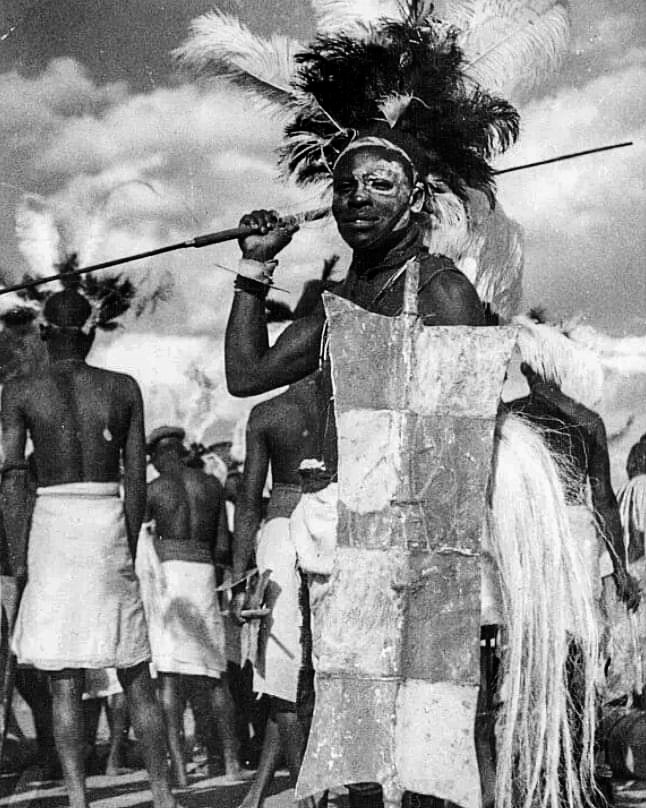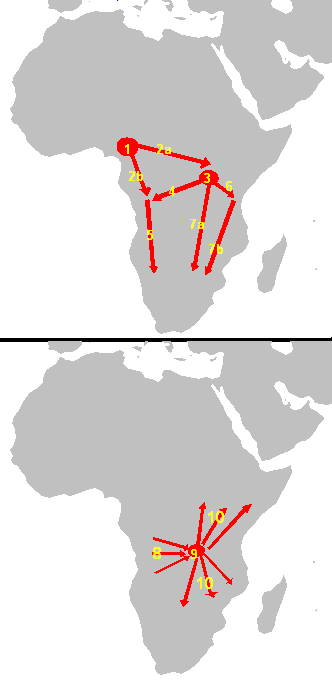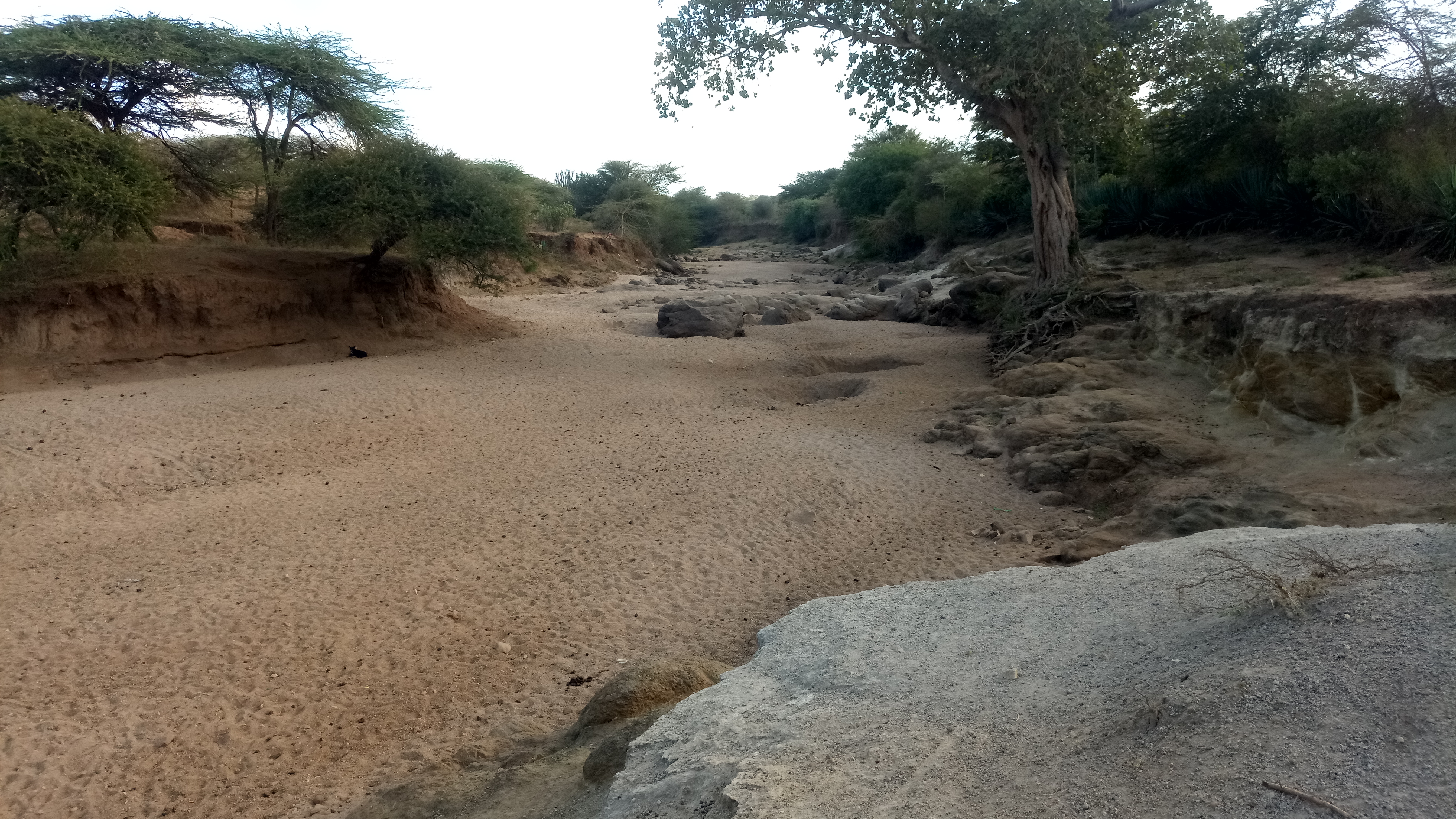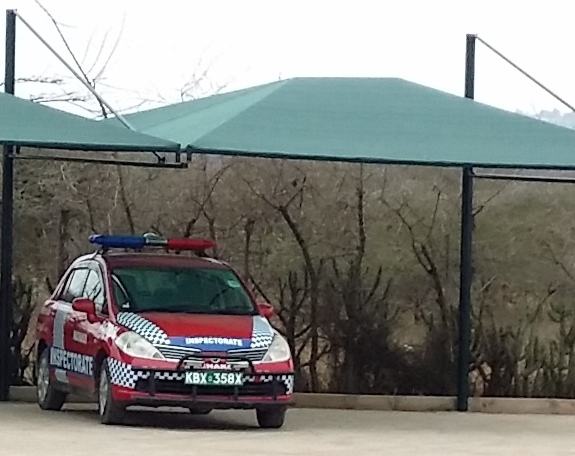|
Akamba
The Kamba or Akamba (sometimes called Wakamba) people are a Bantu ethnic group who predominantly live in the area of Kenya stretching from Nairobi to Tsavo and north to Embu, in the southern part of the former Eastern Province. This land is called ''Ukambani'' and constitutes Makueni County, Kitui County and Machakos County. They also form the second largest ethnic group in 8 counties including Nairobi and Mombasa counties. Origin The Kamba are of Bantu origin.Joseph Bindloss, Tom Parkinson, Matt Fletcher, ''Lonely Planet Kenya'', (Lonely Planet: 2003), p.35. They are closely related in language and culture to the Kikuyu, the Embu, the Mbeere and the Meru, and to some extent relate closely to the Digo and the Giriama of the Kenyan coast. Kambas are concentrated in the lowlands of southeast Kenya from the vicinity of Mount Kenya to the coast. The first group of Kamba people settled in the present-day Mbooni Hills in the Machakos District of Kenya in the second half of th ... [...More Info...] [...Related Items...] OR: [Wikipedia] [Google] [Baidu] |
Kamba Language
Kamba, or Kikamba, is a Bantu language spoken by millions of Kamba people, primarily in Kenya, as well as thousands of people in Uganda, Tanzania, and elsewhere. In Kenya, Kamba is generally spoken in four counties of Kenya, counties: Machakos County, Machakos, Kitui County, Kitui, Makueni County, Makueni, and Kwale County, Kwale. The Machakos dialect is considered the standard variety and has been used in translation. The other major dialect is Kitui. Kamba has lexical similarities to other Bantu languages such as Kikuyu language, Kikuyu, Meru language, Meru, and Embu language, Embu. The Swedish National Museums of World Culture holds field recordings of kamba language made by Swedish ethnographer Gerhard Lindblom in 1911–12. Lindblom used phonograph cylinders to record songs along with other means of documentation in writing and photography. He also gathered objects, and later presented his work in ''The Akamba in British East Africa'' (1916)''.'' Phonology Vowels ... [...More Info...] [...Related Items...] OR: [Wikipedia] [Google] [Baidu] |
Bantu Peoples
The Bantu peoples, or Bantu, are an ethnolinguistic grouping of approximately 400 distinct ethnic groups who speak Bantu languages. They are native to 24 countries spread over a vast area from Central Africa to Southeast Africa and into Southern Africa. There are several hundred Bantu languages. Depending on the definition of "language" or "dialect", it is estimated that there are between 440 and 680 distinct languages. The total number of speakers is in the hundreds of millions, ranging at roughly 350 million in the mid-2010s (roughly 30% of the population of Africa, or roughly 5% of the total world population). About 60 million speakers (2015), divided into some 200 ethnic or tribal groups, are found in the Democratic Republic of the Congo alone. The larger of the individual Bantu groups have populations of several million, e.g. the people of Rwanda and Burundi (25 million), the Bagandapeople of Uganda (10 million as of 2019), the Shona of Zimbabwe (15 million ), the Zulu of ... [...More Info...] [...Related Items...] OR: [Wikipedia] [Google] [Baidu] |
African Traditional Religion
The traditional beliefs and practices of African people are highly diverse beliefs that include various ethnic religions.Encyclopedia of African Religion (Sage, 2009) Molefi Kete Asante Generally, these traditions are oral tradition, oral rather than Religious text, scriptural and passed down from one generation to another through folk tales, songs, and festivals, include belief in an amount of higher and lower gods, sometimes including a supreme creator or force, belief in spirits, veneration of the dead, use of Magic (supernatural), magic and traditional African medicine. Most religions can be described as Animism, animistic with various polytheistic and pantheistic aspects. The role of humanity is generally seen as one of harmonizing nature with the supernatural. Spread Adherents of traditional religions in Africa are distributed among 43 countries and are estimated to number over 100 million.''Britannica Book of the Year'' (2003), ''Encyclopædia Britannica'' (2003) p.306 A ... [...More Info...] [...Related Items...] OR: [Wikipedia] [Google] [Baidu] |
Bantu People
The Bantu peoples, or Bantu, are an ethnolinguistic grouping of approximately 400 distinct List of ethnic groups of Africa, ethnic groups who speak Bantu languages. They are native to 24 countries spread over a vast area from Central Africa to Southeast Africa and into Southern Africa. There are several hundred Bantu languages. Depending on the definition of Dialect#Dialect or language, "language" or "dialect", it is estimated that there are between 440 and 680 distinct languages. The total number of speakers is in the hundreds of millions, ranging at roughly 350 million in the mid-2010s (roughly 30% of the demographics of Africa, population of Africa, or roughly 5% of world population, the total world population). About 60 million speakers (2015), divided into some 200 ethnic or tribal groups, are found in the Democratic Republic of the Congo alone. The larger of the individual Bantu groups have populations of several million, e.g. the people of Rwanda and Burundi (25 million), th ... [...More Info...] [...Related Items...] OR: [Wikipedia] [Google] [Baidu] |
Kikuyu People
The Kikuyu (also ''Agĩkũyũ/Gĩkũyũ'') are a Bantu ethnic group native to Central Kenya. At a population of 8,148,668 as of 2019, they account for 17.13% of the total population of Kenya, making them Kenya's largest ethnic group. The term ''Kikuyu'' is derived from the Swahili form of the word Gĩkũyũ. is derived from the word mũkũyũ which means sycamore fig (''mũkũyũ'') tree". Hence ''Agĩkũyũ'' in the Kikuyu language translates to "Children Of The Big Sycamore". The alternative name ''Nyũmba ya Mũmbi'', which encompasses ''Embu'', ''Gikuyu'', and ''Meru'', translates to "House of the Potter" (or "Creator"). History Origin The Kikuyu belong to the Northeastern Bantu branch. Their language is most closely related to that of the Embu and Mbeere. Geographically, they are concentrated in the vicinity of Mount Kenya. The exact place that the Northeast Bantu speakers migrated from after the initial Bantu expansion is uncertain. Some authorities sugge ... [...More Info...] [...Related Items...] OR: [Wikipedia] [Google] [Baidu] |
Mount Kenya
Mount Kenya (Kikuyu: ''Kĩrĩnyaga'', Kamba, ''Ki Nyaa'') is the highest mountain in Kenya and the second-highest in Africa, after Kilimanjaro. The highest peaks of the mountain are Batian (), Nelion () and Point Lenana (). Mount Kenya is located in the former Eastern and Central provinces of Kenya; its peak is now the intersection of Meru, Embu, Laikipia, Kirinyaga, Nyeri and Tharaka Nithi counties, about south of the equator, around north-northeast of the capital Nairobi. Mount Kenya is the source of the name of the Republic of Kenya. Mount Kenya is a volcano created approximately 3 million years after the opening of the East African Rift. Before glaciation, it was high. It was covered by an ice cap for thousands of years. This has resulted in very eroded slopes and numerous valleys radiating from the peak. There are currently 11 small glaciers, which are shrinking rapidly, and may disappear by 2050. The forested slopes are an important source of water for much of Keny ... [...More Info...] [...Related Items...] OR: [Wikipedia] [Google] [Baidu] |
Kitui County
Kitui County is a county in the former Eastern Province of Kenya. Its capital and largest town is Kitui, although Mwingi is also another major urban centre. The county has a population of 1,136,187 (2019 census). and an area of 30,430 km2. It lies between latitudes 0°10 South and 3°0 South and longitudes 37°50 East and 39°0 East. Kitui County shares its borders with seven counties; Tharaka-Nithi and Meru to the north, Embu to the northwest, Machakos and Makueni to the west, Tana River to the east and southeast, and Taita-Taveta to the south. History The name Kitui means 'a place where iron goods are made'. The Kamba iron-smiths who settled in the county many years before the colonial period are the ones who named the area Kitui. Demographics Kitui county has a total population of 1,136,187 of which 549,003 are males, 587,151 females and33 intersex persons. There are 262,942 household with an average household size of 4.3 persons per household and a population de ... [...More Info...] [...Related Items...] OR: [Wikipedia] [Google] [Baidu] |
Christianity
Christianity is an Abrahamic monotheistic religion based on the life and teachings of Jesus of Nazareth. It is the world's largest and most widespread religion with roughly 2.38 billion followers representing one-third of the global population. Its adherents, known as Christians, are estimated to make up a majority of the population in 157 countries and territories, and believe that Jesus is the Son of God, whose coming as the messiah was prophesied in the Hebrew Bible (called the Old Testament in Christianity) and chronicled in the New Testament. Christianity began as a Second Temple Judaic sect in the 1st century Hellenistic Judaism in the Roman province of Judea. Jesus' apostles and their followers spread around the Levant, Europe, Anatolia, Mesopotamia, the South Caucasus, Ancient Carthage, Egypt, and Ethiopia, despite significant initial persecution. It soon attracted gentile God-fearers, which led to a departure from Jewish customs, and, a ... [...More Info...] [...Related Items...] OR: [Wikipedia] [Google] [Baidu] |
Digo People
The Digo (''Wadigo'' in Swahili) are a Bantu ethnic and linguistic group based near the Indian Ocean coast between Mombasa in southern Kenya and northern Tanga in Tanzania. In 1994 the Digo population was estimated to total 305,000, with 217,000 ethnic Digo living in Kenya and 88,000 (1987 estimate) in Tanzania. Digo people, nearly all Muslims, speak the Digo language, called Chidigo by speakers, a Bantu language. They are part of the greater Mijikenda ethnic group of people which contains nine smaller groups or tribes, including the Duruma, Giriama, and others.. The Digo in Tanzania are the native inhabitants of Mkinga and Tanga districts of Tanga Region and are a major cultural group there. Culture Due to the growing influence of Swahili culture Swahili culture is the culture of the Swahili people inhabiting the Swahili coast. This littoral area encompasses Tanzania, Kenya, and Mozambique, as well as the adjacent islands of Zanzibar and Comoros and some parts of Malawi ... [...More Info...] [...Related Items...] OR: [Wikipedia] [Google] [Baidu] |
Giriama People
The Giriama (also called Giryama) are one of the nine ethnic groups that make up the Mijikenda (which literally translates to "nine towns"). The Mijikenda occupy the coastal strip extending from Lamu in the north to the Kenya/Tanzania border in the south, and approximately 30 km inland. The Giriama are among the largest of these ethnic groups. They inhabit the area bordered by the coastal cities of Mombasa and Malindi, and the inland towns of Mariakani and Kaloleni. The Giriama is one of the largest groups of the Mijikenda people in the back-up area of the Northeast coast of Kenya. The Giriama are subdivided into clans which include Thoya, Mweni, Nyundo, Nyale and so on. The Giriama are a peaceful people who practiced active resistance against the British. In recent years, the Giriama have extended their living space down to the coast. They are now a big part of service employees in the growing tourism centres. Education programmes initiated by the state included buildin ... [...More Info...] [...Related Items...] OR: [Wikipedia] [Google] [Baidu] |
Machakos District
Machakos County is one of the 47 counties of Kenya, which came into being because of the devolved system of governance occasioned by the 2010 constitution of Kenya. The country's first administrative headquarters are in Machakos Town, which is the largest town in the county. The county had a population of 1,421,932 as of 2019. The county borders Nairobi and Kiambu counties to the west, Embu to the north, Kitui to the east, Makueni to the south, Kajiado to the south west, and Muranga and Kirinyaga to the north west. Government The Machakos County Government is composed of two arms, the County Executive and the County Assembly. County Executive is headed by a Governor. The office of the Governor of Machakos was created on 27 March 2013. Alfred Mutua, served as the inaugural holder of the office. following his election in 2012. He was re-elected in the 2017 general elections. The Machakos County Assembly is headed by a Speaker elected by its members. The incumbent Speaker is ... [...More Info...] [...Related Items...] OR: [Wikipedia] [Google] [Baidu] |
Mbooni
Mbooni Location is an administrative area in Makueni County, Kenya. Mbooni location consists of two sub-locations namely Mutitu and Uthiuni. The Location is headed by a Chief who operates under the Ministry of interior and coordination of national government of Kenya , image = , caption = Coat of arms of Kenya , date = 1963 , jurisdiction = Republic of Kenya , url = http://www.mygov.go.ke/ , legislature = Parliament of Kenya , meeting_place = .... References Populated places in Eastern Province (Kenya) Makueni County {{EasternKE-geo-stub Kikima Mbooni External links mindat ... [...More Info...] [...Related Items...] OR: [Wikipedia] [Google] [Baidu] |



.jpg)


